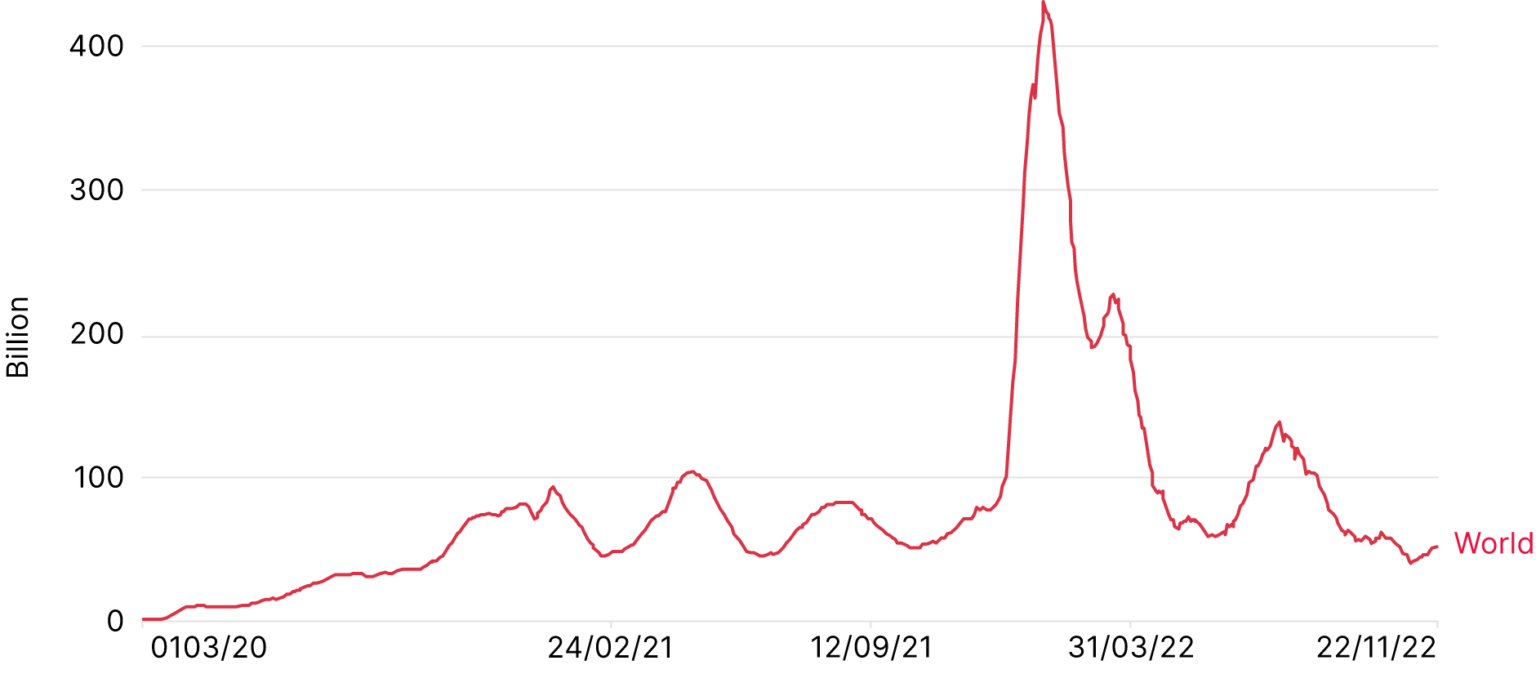01
Will COVID-19 make a comeback in the Northern Hemisphere?
Although COVID-19 fatalities have decreased across the globe, evidence suggests that the number of cases could rise in the Northern Hemisphere during winter.
Since mid-August, some states in the United States (US) and some European countries have already begun to see an uptick in cases and hospitalisations. According to the World Health Organisation (WHO), during the week ending on 2 October, more than 1.5 million COVID-19 cases were recorded across Europe.
In the US, a surge in respiratory syncytial virus (RSV) and flu cases, two to three times as many as last winter, is taxing hospital capacity, requiring the diversion of resources from COVID-19 care.
Despite the uptick, there are fewer, if any, COVID-related restrictions in place anywhere, except China. While significant constraints such as lockdowns remain unlikely in Europe and North America, minor restrictions, including the reimposition of face mask mandates, cannot be ruled out.
In China, though travel restrictions have been eased, analysts believe that the government’s zero-COVID strategy will not be significantly relaxed before March, at the earliest, when the annual parliamentary session takes place, citing, among other reasons, relatively low elderly vaccination rates.
COVID-19 vaccine doses administered
All doses, including boosters, are counted individually.

Source: Our World in Data
COVID-19 still poses an ongoing substantial risk to the world as it remains difficult to predict how the virus will mutate and evolve. Health officials also expect the 2022-2023 flu season to be worse than in the 2020 and 2021 seasons, which were almost absent due to pandemic-related lockdowns and mask mandates.
Daily new confirmed COVID-19 cases per million people
Due to limited testing, the number of confirmed cases is lower than the true number of infections

7-day rolling average
Source: Johns Hopkins University CSSE COVID-19 Data
By Patricia Baruffi

